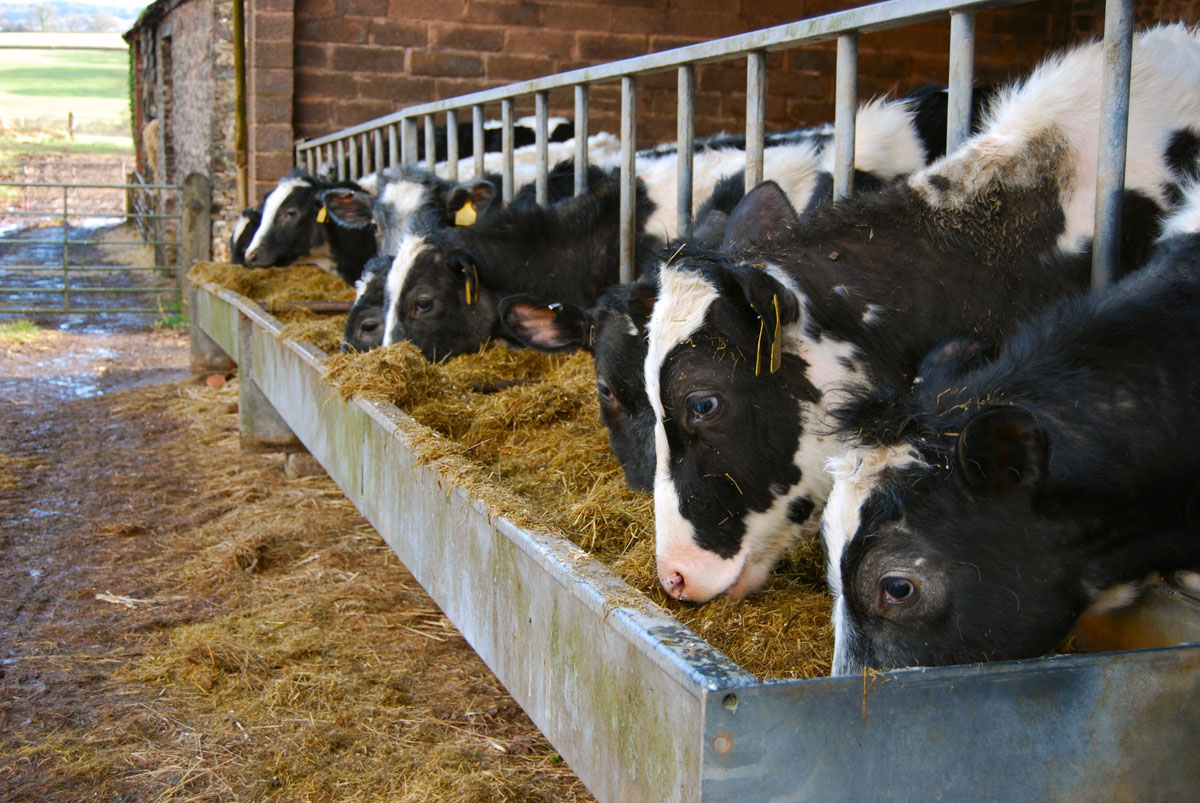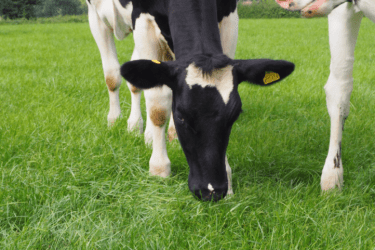With farm-gate milk price rises sluggish, businesses need to offset the impact of feed price increases, which have been slow to reduce since the increases seen in summer 2023. Here are some tips to help you protect your milk margins.
Assess your input costs and the value of your forage
A realistic average target for feed cost is 25% of the milk income. Right now, it is not uncommon for this figure to show over 30% of milk income and sometimes higher. Some farmers are not aware of this high variable cost and its impact on profitability, which could continue until the spring turnout. So, it’s a good time to assess your costs, determine the nutritional value of your forage, and shop for best prices.
Forage resources – huge variability in 2023
Silages harvested in 2023 have shown variations in energy and protein values not seen for many years. Some maize samples have an energy difference of over one megajoule per kg of dry matter. For a general maize grass silage milking cow this intake represents 1.5 litres per cow per day.
Grass silages have shown similar variations, particularly for their protein values.
Forage utilisation is key to profit preservation
Forage utilisation is a major factor towards maintaining your margins. Efficient use of forage helps you to ensure the greatest proportion of milk income is available to maintain your margins. By safeguarding your income, you’ll be under less pressure when you pay for resources such as fertiliser for the imminent growing season.
So, what should be on your radar going forward and how can you make the most of your forage?
Analyse your forage to optimise your cows’ nutrition
To utilize forage and feed efficiently, it is vital that you know its nutritional values, so:
- Get forage regularly analysed so that you know its nutritional value
- Take the sample yourself, so that you can ensure it is as fresh and representative as possible for dry matter, energy and protein
- Remember as you move through the clamp you may have a mix of cuts and swards which will vary in analysis
- If you have maize, did you harvest it in two periods, and store it in different clamps? If so, bear in mind that there could be a significant variation in quality. Target your fresh cows pre-service with your best quality maize.
Look at your concentrate quality, and check the prices
With your forages accurately analysed, carefully look at what specification is required for your blends and/or parlour cakes. Your objective should be a high-quality concentrate at the most competitive price. Make sure you know what is included in your parlour cake, what is its ME (metabolizable energy) and protein value.
Once you know the make-up of your concentrates then you can obtain like-for-like quotes from suppliers. That way, you can ensure that you are buying the correct quality at the most competitive price.
Target the right cows for best returns
Remember, cows from 0-100 days after calving are responsive to balanced concentrate feeding. So, make sure your mid- and low-lactation cows are being given the opportunity to utilise the forage for milk production.
It’s not too late to have a positive effect on your margins before turnout – most businesses still have half the winter housed period to go.
Want more advice?
If you’d like more advice on how to improve your milk margins and performance, we’re here to help. Contact the Promar farm consultancy team for tailored guidance and information. Alternatively, fill in the form below, or ring 01270 616800.
I’m based in the north-west of England, servicing Anglesey, North Wales, Wirral, Cheshire, and Shropshire – so if you’re in those areas why not contact me direct on 07971 119045 or via email andrew.hawkins@genusplc.com








